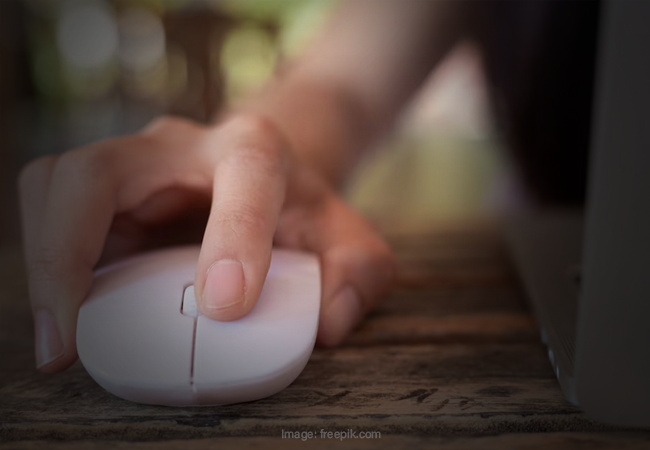The mouse is an essential component for computer navigation, and altering its sensitivity and other settings to your tastes may substantially improve your entire experience.
Introduction
While many users may overlook the possibility of changing their mouse settings, making changes is rather straightforward if you know where to look. This article will walk you through the process of fine-tuning your mouse sensitivity, accuracy, and other settings to fit your requirements, whether you're using Windows or Mac.
Changing Mouse Options in Windows
Windows 10 has many options for adjusting mouse sensitivity. The "Settings" dialog is one of the simplest approaches. To access basic mouse settings, follow these steps:
- To access "Settings," open the "Start" menu and select the "cog icon."
- Select "Devices" from the list of possibilities.
- Choose "Mouse" from the menu on the left.
This window contains important choices for adjusting mouse settings. These include selecting the main mouse button (left or right), altering the cursor speed using a slider, and other scrolling choices. To access more comprehensive options, visit the Control Panel link given.
Using the Control Panel to Access Detailed Mouse Settings
Within the Control Panel, Microsoft offers a more extensive collection of mouse options. To get access to these options, do the following steps:
- Enter "control panel" in the search box at the bottom of the screen.
- Select the "Control Panel" option from the list that opens.
- Select "Mouse" under the "Devices and Printers" section after clicking on "Hardware and Sound."
A tiny dialog box will popup, displaying various mouse sensitivity and other options. The "Buttons" tab is first shown, enabling you to swap between main and secondary buttons and change the double-click speed. However, to modify mouse sensitivity, go to the "Pointer Options" tab. You may change the mouse speed by using the "Motion" slider, which influences the sensitivity to your motions. You may also select or disable the "Enhance pointer precision" setting, which allows for finer motions while moving the mouse slowly. Other settings include "Snap To," which moves the pointer to the default choice in dialog boxes, adding pointer trails, concealing the pointer while typing, and utilizing the Ctrl key to show the cursor's location.
Mac Mouse Sensitivity Adjustment
If you have a Mac, Apple offers a simple technique for modifying mouse settings. Take the following steps:
- Go to the "Apple" menu and choose "System Preferences."
- Select "Mouse" from the pop-up options box.
You may personalize your mouse experience by adjusting numerous settings under the Mouse options. Modify the Tracking Speed (mouse sensitivity), Double Click Speed, and Scrolling Speed using the sliders supplied. Click on the trackpad icon in "System Preferences" to access trackpad-specific options. Secondary click, click styles, and motions are all available here. Set the tracking speed and click sensitivity to your liking.
Conclusion
Changing the sensitivity of your mouse is critical for maximizing your computer experience. Whether you're using Windows or a Mac, the procedure is quite simple if you know where to look for the settings. Users of Windows may access mouse settings through the "Settings" dialog and more advanced options via the Control Panel. Adjusting mouse settings on a Mac is easy thanks to the System Preferences menu. You may improve navigation accuracy, increase productivity, and personalize your computer use to your preferences by fine-tuning mouse sensitivity.


Post a Comment